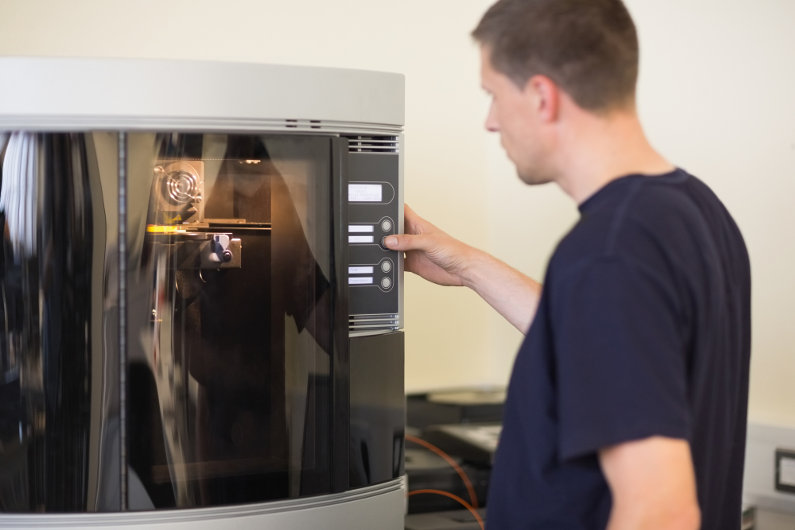Medical device manufacturers must have steps in place to ensure that their products are high-quality and safe. Below are seven key principles for good component manufacturing in the medical and pharmaceutical industries. Read on to learn more!

One: Product Quality
The first component of good manufacturing boils down to product quality. When it comes to component manufacturing companies, a company needs to ensure its product is what it claims to be. A good example is in pharmaceuticals. It is vital that every pharmaceutical product produced meets the required levels of identity, purity, and strength to ensure patient safety and medication effectiveness.
Two: Design Quality
Component two is design quality. This component involves creating a product and manufacturing process that ensures the product consistently meets the predefined quality measurements needed when the products complete the manufacturing process. It is important that the processes used in product manufacturing end in quality medical products.
Three: Quality Risk Assessment
Component three of good manufacturing comes down to quality risk assessment. In medication manufacturing, drug manufacturers need to have processes for assessing and mitigating the risk involved with changing a process. The quality risk assessment should determine the extent of discrepancy investigations and corrective measures that need to be taken in response.
Four: Corrective and Preventive Action
Corrective and preventive action is known as CAPA. According to the U.S. Drug and Food Administration, CAPA is a step that involves investigating and understanding discrepancies. This process should attempt to correct discrepancies and attempt to prevent them from happening again in the future. A person needs to verify that the CAPA data in the system is complete, accurate, and timely.

Five: Change Control
What is change control? Change control is a good manufacturing practice that aims to manage change to prevent unintended consequences. The change control process is part of a larger plan for change management.
Another purpose of change control is to ensure that a company is not changing things in the project that do not require a change. This process keeps companies from getting change happy. Change control can also set a targeted time goal for proposed changes, which is great for keeping a project on track in terms of a timeline.
Six: Quality Unit
The sixth component of good manufacturing in the medical device industry is known as a quality unit. Guidelines for this include the concept of asking manufacturers to create, monitor, and implement a quality system when manufacturing their medical products. Why is this important? This step stressed the importance of day-to-day responsibilities with manufacturing personnel to focus on product quality.
Seven: A Inspection Model Made of Six-Systems
The last step of good medical component manufacturing boils down to a six-step model for inspection. This manufacturing model combines the quality system with five other manufacturing systems that work as a team. While many people try to see each component as separate systems, they work better when viewed as a team.
For companies manufacturing medical devices or medications, steps and processes need to be in place to check the products’ quality and safety. The above information listed seven required principles needed for good component manufacturing in medical crafting industries. Every product being sold in the medical industry needs to be safe for the people using and consuming them, every product needs to be high-quality, and the products need to do the job promised to the people buying them.
